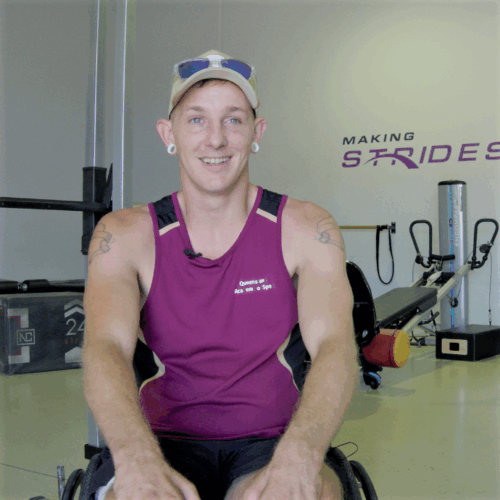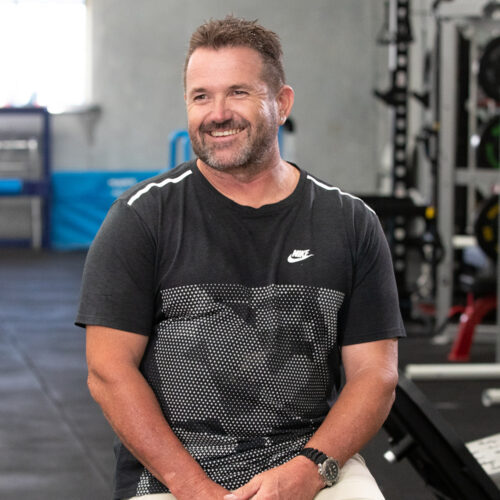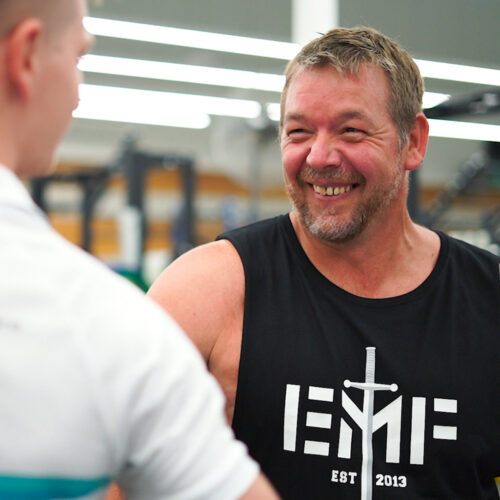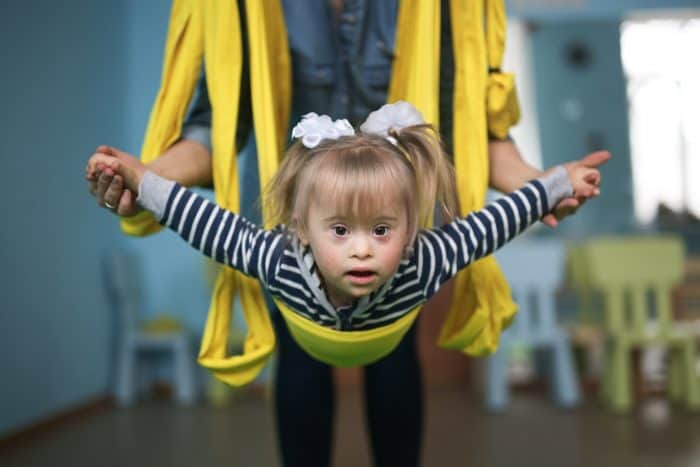Exercise for disabilities
Exercise is important for everyone, including people living with disability. Being active can help improve strength, general health and independence, while also supporting mental wellbeing and confidence. With the right approach, exercise can be safe, enjoyable and makes everyday life easier.
Home / Disability
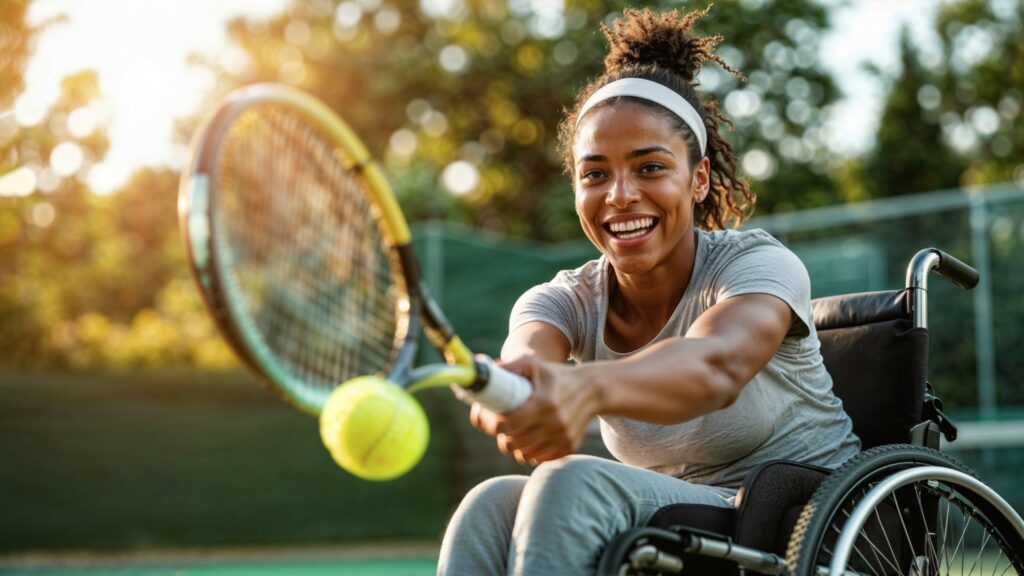
The benefits of exercise for people living with disability
In Australia, around one in six people live with a disability. Many face barriers to staying active, which can increase the risk of long-term health conditions. The good news is that physical activity, in any form, can make a real difference.
Regular exercise can:
- Improve strength, fitness and flexibility
- Support independence in daily activities
- Reduce the risk of developing further chronic conditions like type 2 diabetes and heart disease
- Boost mood, reduce stress and support mental health
- Build confidence and social connection
What type of exercise is best?
The best type of exercise depends on your abilities, health needs and goals. A variety of options can be adapted to suit your needs:
- Aerobic activity such as walking, swimming or cycling helps with heart health and energy
- Strength training using resistance bands, bodyweight or weights supports muscles and joints
- Mobility and flexibility exercises like yoga, stretching or Pilates reduce stiffness and improve posture
- Water-based exercise such as hydrotherapy or swimming makes movement easier and reduces impact on joints.
- Adaptive and inclusive sports like wheelchair basketball, boccia or seated aerobics provide fun and social ways to stay active.
Remember to start slowly and find activities that you enjoy.
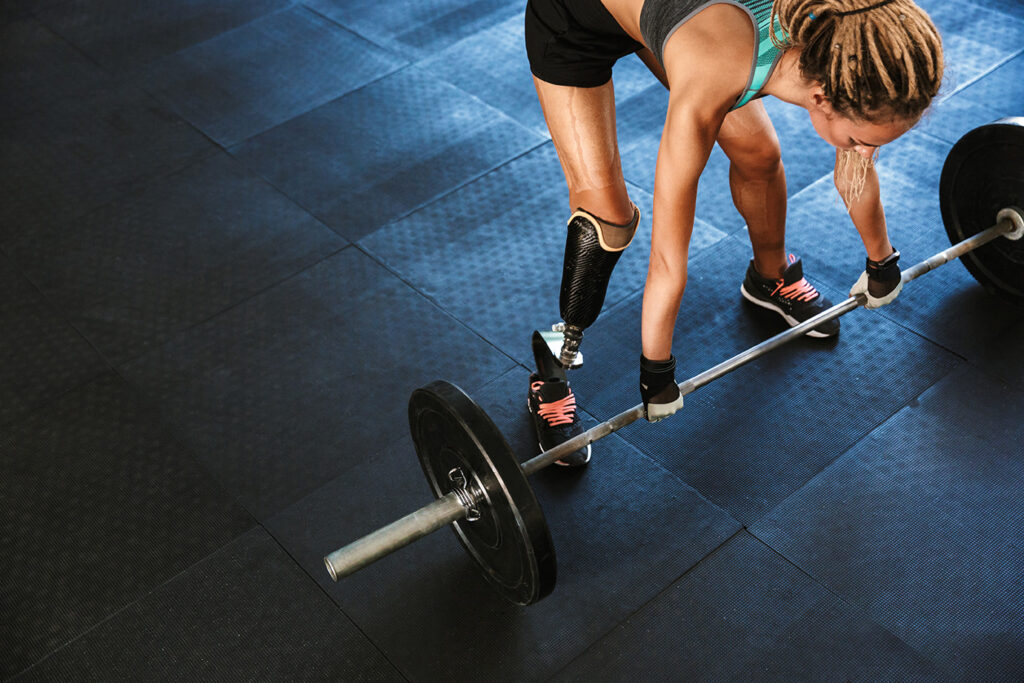
You may also like
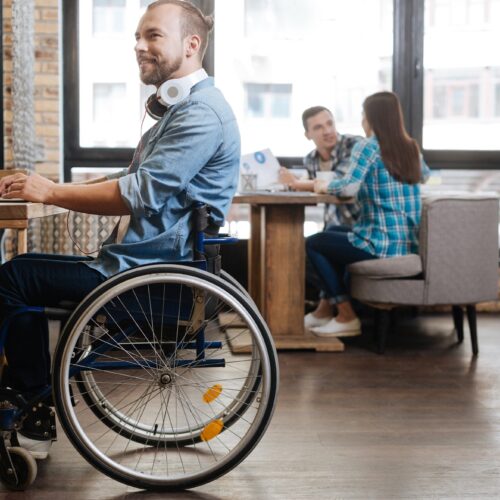
Exercise and the NDIS
Exercise physiology (EP) services can be accessed through the National Disability Insurance Scheme (NDIS). Learn how to access an EP through the NDIS.
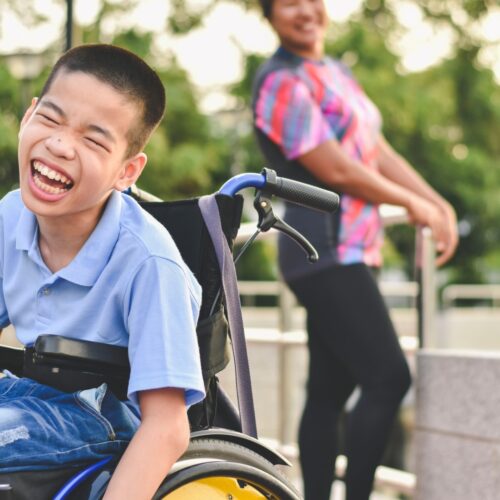
Exercise for children with physical and intellectual disabilities
Exercise supports growth, learning, play and confidence in children living with all types of disabilities.

Exercise for Autism Spectrum Disorder
Moderate to vigorous exercise can help decrease repetitive behaviour for children and adolescents with ASD.
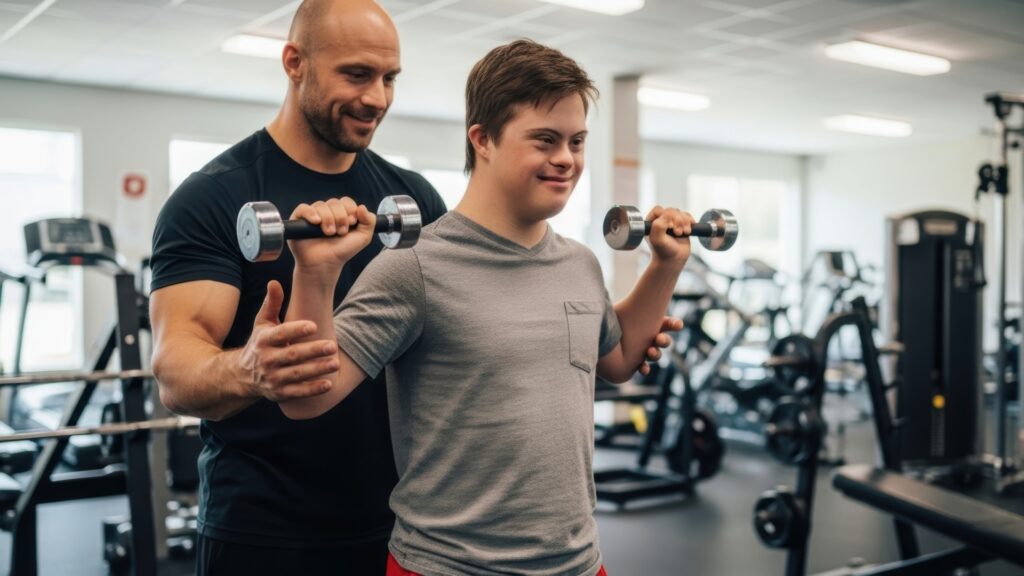
Get expert support
If you’re unsure where to start or what exercise is right for you, an Accredited Exercise Physiologist (AEP) or Accredited Exercise Scientist (AES) can help. They’ll assess your needs, guide your progress, and help you move with confidence.
Frequently asked questions
What are the best exercises for people with limited mobility?
Chair-based strength training, stretching, water-based exercise and light aerobic activity are all effective options. The key is to choose movements that feel comfortable and enjoyable.
Where should I start if I've been inactive?
Start small with activities depending on your ability like stretching, swimming or short walks. Professional guidance can help you begin safely and build confidence.
How can beginners with disability start exercising safely?
Seek advice from an Accredited Exercise Physiologist before starting. The right guidance can make all the difference.
Are there accessible sports and activities for people with disability?
Yes. Options may include wheelchair basketball, swimming, hand cycling, boccia, adaptive yoga and many more. These activities can be modified to suit different abilities.
More resources
Want more information about exercise for disability? Check out our factsheets and articles on topics relevant to you.
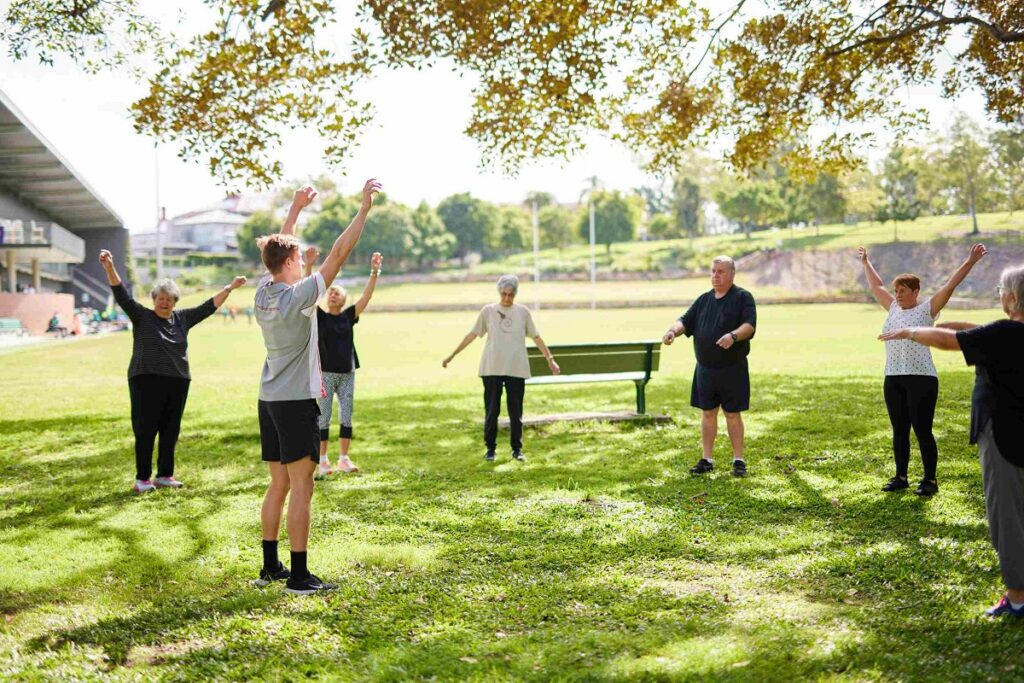
Exercise for Developmental Delay
Developmental delay (DD) is a condition where children take longer than expected to learn skills like sitting, crawling, walking and talking (known as developmental milestones). Developmental delay can be caused by various reasons, including genetic conditions, premature birth, and infection or illness after birth. It can also be hard to recognise because children all develop […]
Exercise and Bardet-Biedl Syndrome
Bardet-Biedl syndrome (BBS) is a rare genetic condition that affects several body systems, including the kidneys, eyes, and genitalia. People with BBS often have an intellectual disability and may be born with extra fingers or toes. They are also prone to developing abdominal obesity – a condition where fat is deposited mostly around the abdomen […]

